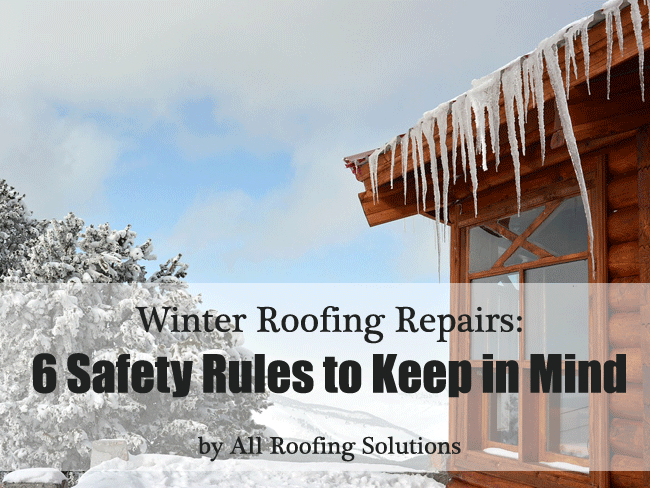
If you’re considering an Eco-friendly electricity solution, photovoltaic solar panels are a durable, energy efficient option that offers a number of advantages.
Contrary to what you may have heard, today’s solar panels are not heavy and obtrusive. In some cases, thin-film photovoltaic laminates can even be bonded directly onto metal roofing panels.
Unlike earlier systems, there is often no need for bulky solar panel racks and expensive glass. Instead, photovoltaic laminates can be applied with a peel-and-stick method that protects your roof from leaks.
3 Misconceptions About Solar Panels & Your Roof
What about those other myths you’ve heard? We’re here to debunk misconceptions about solar panels and your roof. Here’s the truth of the matter.
Myth #1: Solar power requires bright light to work well, and is therefore unreliable.
The way that solar panels work is commonly misunderstood. While solar panels produce more energy on bright, sunny days, they continue to work on cloudy days, too. If, for some reason, electrical use is greater than solar production, the local utility makes up the difference. On days when your PV system produces more energy than your home needs, excess power is sent back through the utility grid. The result? Lower utility bills!
During the winter, photovoltaic panels may be temporarily disabled when snow covers the cells. However, as soon as snow melts or is brushed off the panels, operation resumes.
Myth #2: Solar panels require extensive maintenance.
There are no moving parts in photovoltaic panels, so they require little to no maintenance. We recommend checking the panels for dirt buildup two to three times per year. If you are not comfortable climbing on your roof to do this, a qualified roofing expert can check solar panels during your seasonal roofing inspection. For basic, do-it-yourself cleaning, a garden hose will suffice. Keeping panels clean ensures optimal energy production.
Myth #3: Solar panels are not worth the cost.
With the advent of thin film photovoltaic (PV) laminates that bond directly to metal roofing panels, solar systems are becoming more affordable. Heavy, expensive glass is rarely needed anymore, and bulky mounting systems are becoming a thing of the past. Instead, many PV systems are composed of unbreakable silicon and Teflon films. When these films can be attached to your roof using the peel-and-stick method, you also reduce the chance of creating expensive roof leaks during installation.
Bottom Line: Solar Panels Are Energy-Efficient & Eco-Friendly
Rooftop solar panels are here to stay. In the long-term, PV panels will save you money while reducing your carbon footprint—and that’s good for your wallet and the environment.
To learn more about solar PV panels, or to inquire about other solar energy options for your residential or commercial roof, call All Roofing Solutions today. We’re a family owned & operated roofing contractors based in Wilmington, DE. Backed by over 15 years of experience in the roofing industry, we can help you slash your energy costs while investing in green technology.
To learn whether your roof is sound enough to tolerate mounting and installation of a new solar panel system, call 302-725-7663 in Delaware or 610-551-7663 in Pennsylvania or request an inspection online!




